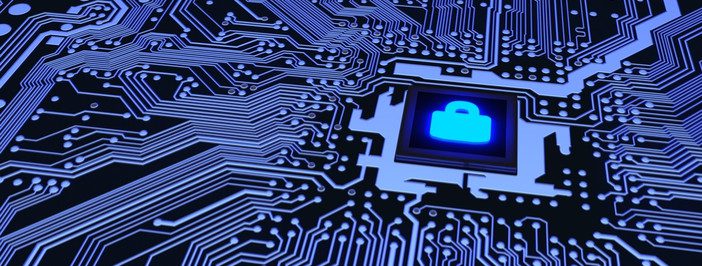As you look at ways to protect your business from the growing number of cybersecurity threats, you should consider adopting a cybersecurity framework. Cybersecurity frameworks are designed to guide you to better manage and reduce cybersecurity risks. They are based on existing guidelines, practices, and industry standards.
We have outlined five essential elements of any cybersecurity framework to get the most out of your cybersecurity.
Identify
The first function of the framework is to identify. This step is the point where you evaluate the context of your business, including which resources support critical functions. To start, take into account physical and software assets, then your infrastructure and finally the data that you use and store. You can’t begin until you understand what you need to protect. Cybersecurity policies and other governance strategies like risk management will help in identifying critical assets and hazards.
It’s also important to look beyond your business and include consideration of your place in the supply chain and your interactions with customers.
Protect
The protection function serves to safeguard the delivery of critical infrastructure services. It also allows you to manage and contain the impact of cybersecurity-related events. The Protect function begins with empowering and educating employees so they understand their roles and responsibilities for cybersecurity within the organization.
It is also necessary to set up identity management protections and access control, which might include remote access and physical access. Finally, it is important to implement security processes and protective technology to ensure system resilience.
Related reading: 4 cybersecurity best practices for regulated industries
Detect
No protection scheme is without flaw or vulnerability. An attack can occur anywhere and the first step before responding is to Detect it. Without detection, a breach can continue behind the scenes for years. Without thorough and measured detection, a response will be incomplete or ineffectual.
Continuous Monitoring is a necessary part of every good cybersecurity process. It begins with verifying the effectiveness of the Protect measures already implemented. Testing of cybersecurity procedures and mitigations (such as backups, proper data management, and access) is vital. Once identified, you must assess breaches for impact and severity so a proper response can be undertaken.
A robust detection process will also include updates to the Identify and Protect steps as well as market research into new and emerging threats.
Related reading: Learn more about our network security services for Metro Detroit SMBs
Respond
When a breach is detected, immediate action is critical. The Respond function includes appropriate actions identified earlier in the Identify and Protect stages. Conducting a thorough evaluation in the Detect phase will ensure you can contain the attack and minimize the impact of a potential cybersecurity incident or data breach. Examples of these actions include:
- Managing communications during and after an event, with stakeholders, law enforcement, customers, etc.
- Ensuring the response plan is put into action during and after an incident
- Analyzing actions conducted to ensure an effective response
- Implementing changes/improvements by incorporating information learned from previous and current detection events
Recover
Recover is the final function of the framework. The Recover function identifies ways to restore capabilities and services. This function is what bridges the gap between the short-term response recovery actions and the more long-term goal of rebuilding resiliency.
This function picks up where Respond left off by implementing changes and improvements, taking it a step further by seeking to restore systems and assets affected by the incident. In addition to implementing improvements, Recover includes reviewing existing strategies. Internal and external communications should be maintained throughout this process.

Charles Lobert, has been in the Detroit Metro Area’s IT industry for over two decades & with VCS since ’04. Throughout the years, Lobert has held nearly every position at VCS & is responsible for several major organizational shifts within VCS.

